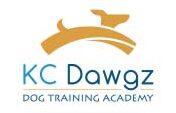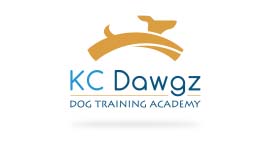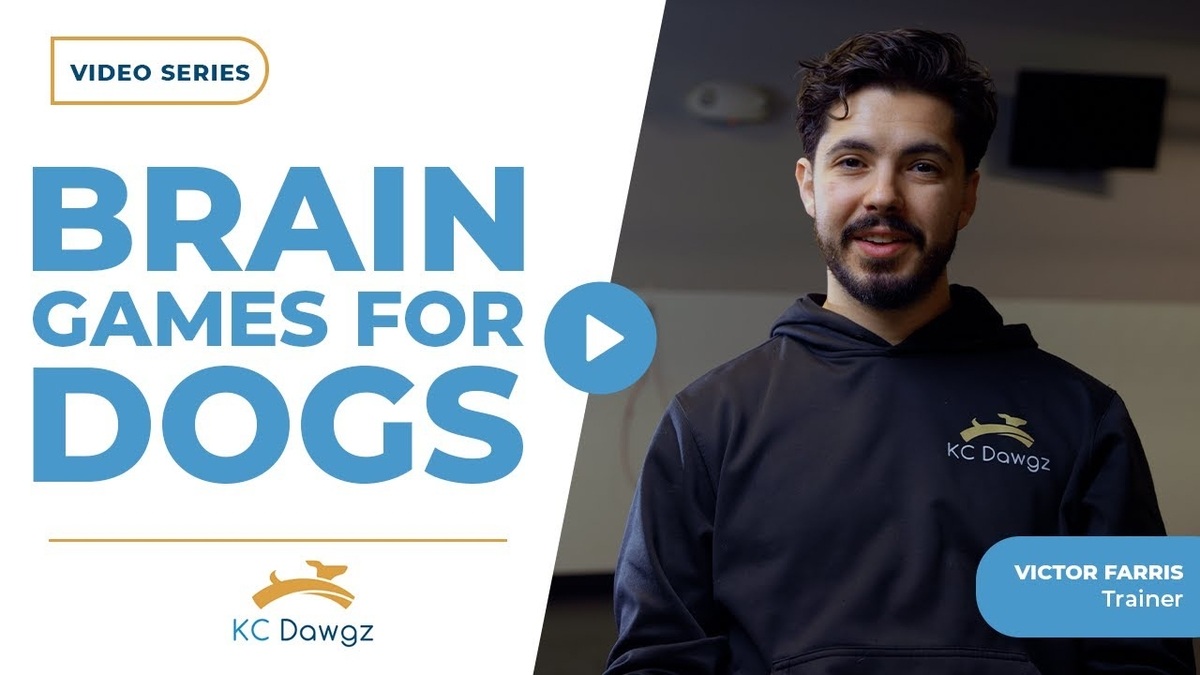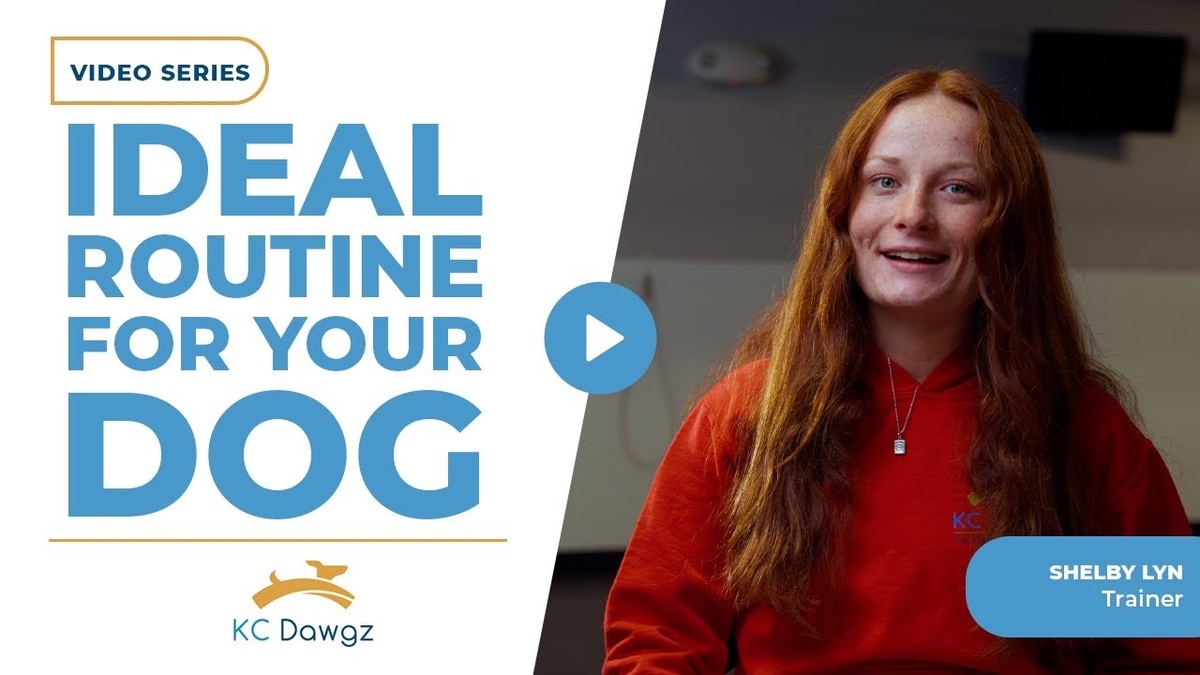A strong training routine begins with the right tools, and puppy toys that help with training are some of the best you can have. At KC Dawgz, we know that toys play an important role in teaching good behavior and keeping your puppy excited to learn. Below, we will share our top puppy toy picks and highlight a few you should avoid to keep your dog safe and on track.
Why Toys Matter in Puppy Training
Play is a Powerful Reward
One of the most effective ways to reinforce good behavior is through play. When your puppy follows a command correctly, giving them a toy to play with becomes an immediate, fun reward. Play is always a great reward when your dog does the right thing, and for many puppies, it can be just as motivating as treats.
Using toys during training keeps your dog engaged and helps build a strong positive association with listening and learning.
Best Puppy Toys That Help With Training
Some toys naturally work better than others when it comes to training. Here are the ones we’ve found to be most effective:
1. Kongs
Kongs are a training essential. You can fill them with treats or peanut butter to create a mentally stimulating reward that also encourages calm, focused chewing. They’re a great tool for crate training or keeping your puppy occupied while you work on behavior shaping.
2. Tug Toys
Tug toys are perfect for interactive engagement. They allow you to teach commands like “take it” or “drop it” while encouraging cooperation. We use them as both a reward and a bonding tool during training sessions.
3. Tennis Balls
Movement-based toys like tennis balls are ideal for dogs who love to chase. Use them during training games to improve recall and focus. Their bounce and roll offer just the right amount of excitement to keep your pup interested.
4. Squeaky Toys
Many puppies are drawn to sound. That’s why anything with a squeaker can be a huge motivator. We often use squeaky toys as high-value rewards when a puppy is particularly responsive to audio stimulation.
How to Choose the Right Toy
Focus on What Your Puppy Loves
Not all puppies respond the same way. Find what motivates your individual dog—whether it be the sound of the squeaker or the movement of the ball—and use that to help with your training journey. It’s all about observing what catches your puppy’s attention and using that as part of your reward system.
Use Toys for More Than Playtime
The key is not to give your dog access to every toy all the time. Use training toys only during sessions or as a reward when your puppy performs well. That keeps the toy exciting and reinforces the idea that listening and learning lead to fun.
Toys to Avoid During Training
While many toys are helpful, others can cause safety issues or setbacks. Here are the two we recommend avoiding:
1. Rope Toys
We always advise dog owners to stay away from rope toys. These can fray and become a choking hazard, especially with young puppies that chew aggressively. Even small strings can pose a risk if swallowed.
2. Rawhide Chews
Another toy to avoid is rawhide. While it may seem like a good chewing option, rawhide is not easily digestible and can cause a blockage if it’s ingested. We encourage pet owners to look for safer alternatives designed specifically for puppies.
In Summary
Using the right puppy toys that help with training can speed up your progress, keep your dog engaged, and create a more enjoyable learning experience. At KC Dawgz, we rely on toys like Kongs, tug toys, tennis balls, and squeaky toys to keep puppies focused and rewarded. Just as importantly, we steer clear of rope and rawhide toys to protect our dogs’ health and safety.
Training is all about motivation and consistency—and the right toy can make all the difference. If you’re not sure what your puppy needs or want hands-on guidance, we’re here to help.
Contact us to learn more about our training programs and toy recommendations tailored to your pup’s personality and play style.




